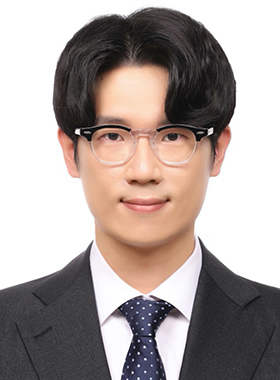Comprehensive In-Situ Stress Estimation for a Fractured Geothermal Reservoir from Drilling, Hydraulic Stimulations, and Induced Seismicity
Sehyeok Park
Korea Institute of Geosciences and Mineral Resources (KIGAM), Korea

Biosketch
Sehyeok Park is a Senior Researcher in Korea Institute of Geosciences and Mineral Resources (KIGAM). His research interests include hydro-mechanical behaviors of fractured rock, reservoir hydraulic stimulation, induced seismicity, in-situ stress estimation, 3D geological modelling, geological disposal of radioactive waste, and carbon capture and sequestration. He earned his Ph.D. in Energy Resources Engineering at Seoul National University in 2021. During his graduate study, he participated in the research projects on geomechanics simulator development, enhanced geothermal site development, and Korea-Europe collaborative research on the demonstration of geothermal well stimulation.
Introduction of the Lecture
In November 2017, a Mw 5.5 earthquake occurred in vicinity of the geothermal development site in Pohang, South Korea. The Korean government-appointed investigation commission concluded that the earthquake was affected by a series of hydraulic stimulations conducted at the geothermal development site. In spite of its critical importance, the previously suggested stress models for the Pohang geothermal site had large discrepancies, based on limited number and types of stress-indicating data and each different stress estimation approach. In this study, a comprehensive in-situ stress estimation was conducted for the target depth of the enhanced geothermal system development site in Pohang, South Korea, based on variety of direct and indirect in-situ stress indicators collected from drilling, logging, hydraulic stimulations, and induced seismicity data. The stress magnitudes and orientations are suggested as well as the possible range of friction coefficient of the dominant fault structures at the site. The stress model of this study well explains the characteristics of the Pohang earthquake in terms of reproducing the slip direction and the slip tendency of the mainshock fault, and can be used for various studies clarifying the causal mechanism of the Pohang earthquake, thus providing an insight for fault stability analysis and geo-energy development applications in the southeastern part of the Korean Peninsula.
